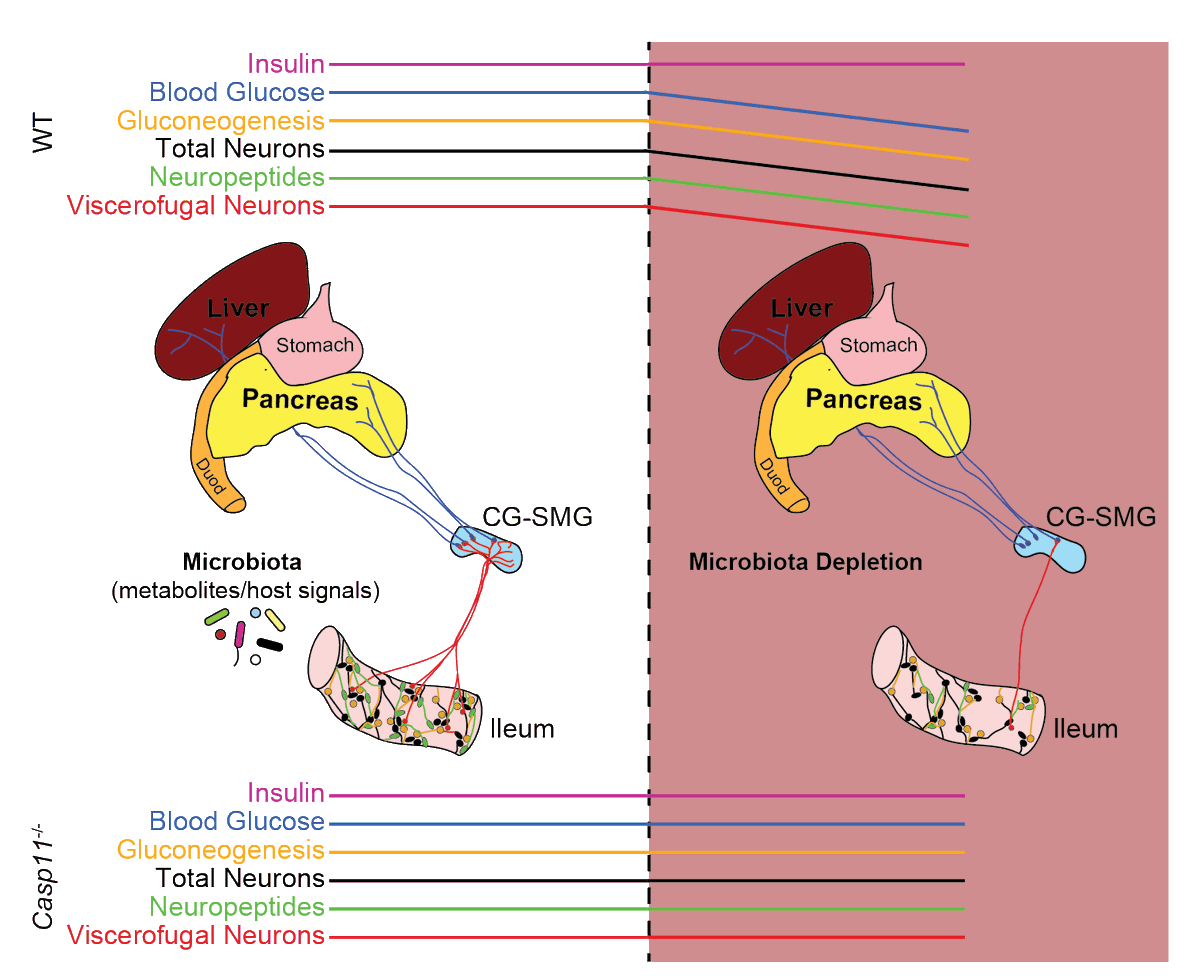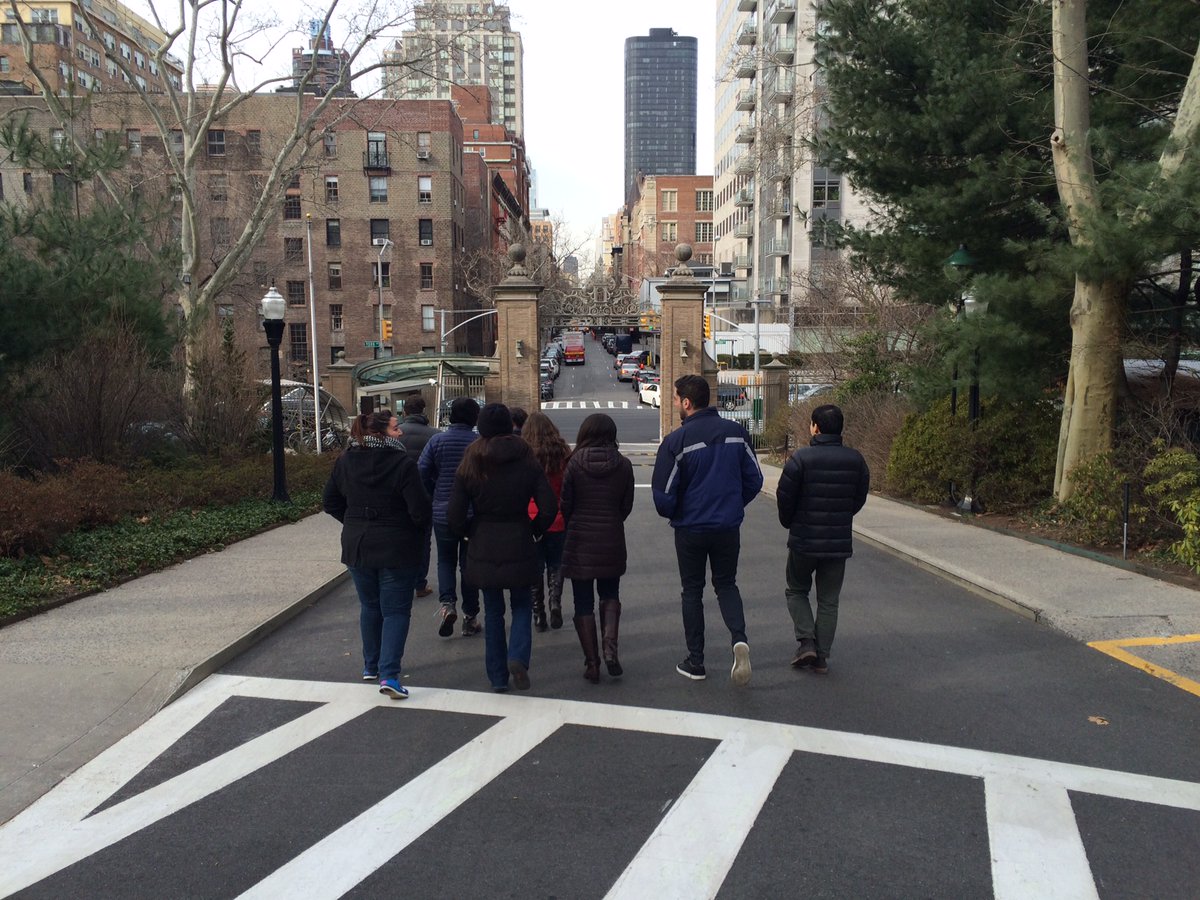After many years of hard work, we report on a population of intrinsic (i) enteric-associated neurons (EAN, iEAN) that regulates blood glucose on a microbiota-dependent manner
https://science.sciencemag.org/content/early/2020/08/26/science.abd6176
On">https://science.sciencemag.org/content/e... preprints, gut- https://abs.twimg.com/emoji/v2/... draggable="false" alt="🧠" title="Gehirn" aria-label="Emoji: Gehirn"> and
https://abs.twimg.com/emoji/v2/... draggable="false" alt="🧠" title="Gehirn" aria-label="Emoji: Gehirn"> and  https://abs.twimg.com/emoji/v2/... draggable="false" alt="🦠" title="Microbe" aria-label="Emoji: Microbe">-neuron, a long
https://abs.twimg.com/emoji/v2/... draggable="false" alt="🦠" title="Microbe" aria-label="Emoji: Microbe">-neuron, a long  https://abs.twimg.com/emoji/v2/... draggable="false" alt="🧵" title="Thread" aria-label="Emoji: Thread"> 0/n
https://abs.twimg.com/emoji/v2/... draggable="false" alt="🧵" title="Thread" aria-label="Emoji: Thread"> 0/n
https://science.sciencemag.org/content/early/2020/08/26/science.abd6176
On">https://science.sciencemag.org/content/e... preprints, gut-
These studies are fruit of work from several very talented graduate students in the lab (Ilana Gabanyi, @paulandmull, @MatheisFanny, Zach Kerner) and collaborators, in particular @marcschp and J. Friedman lab). A great timing for the 10 year lab anniversary this week 1/n
This project started after our first neuro-immune story, led by I. Gabanyi, who observed a functional specialization between muscularis macrophages (MM) and neurons (EAN), in part via norepinephrine signaling via beta adrenergic receptors in MM: 2/n https://www.cell.com/cell/fulltext/S0092-8674(15)01687-6?_returnURL=https%3A%2F%2Flinkinghub.elsevier.com%2Fretrieve%2Fpii%2FS0092867415016876%3Fshowall%3Dtrue">https://www.cell.com/cell/full...
@paulandmull joined the lab after an exceptional training in @MiriamMerad, and stepped in. We had been previously attempting to use the traditional translating ribosomal affinity purification (TRAP), which didn’t work properly in the intestine due RNA degradation  https://abs.twimg.com/emoji/v2/... draggable="false" alt="💩" title="Dreckshaufen" aria-label="Emoji: Dreckshaufen">
https://abs.twimg.com/emoji/v2/... draggable="false" alt="💩" title="Dreckshaufen" aria-label="Emoji: Dreckshaufen"> https://abs.twimg.com/emoji/v2/... draggable="false" alt="💩" title="Dreckshaufen" aria-label="Emoji: Dreckshaufen">
https://abs.twimg.com/emoji/v2/... draggable="false" alt="💩" title="Dreckshaufen" aria-label="Emoji: Dreckshaufen"> https://abs.twimg.com/emoji/v2/... draggable="false" alt="💩" title="Dreckshaufen" aria-label="Emoji: Dreckshaufen">. 3/n
https://abs.twimg.com/emoji/v2/... draggable="false" alt="💩" title="Dreckshaufen" aria-label="Emoji: Dreckshaufen">. 3/n
After a suggestion from my best mate @SohailTavazoie, @paulandmull optimized TRAPseq for the intestine using Ribotag. It was clear the need for a profiling of EAN. To avoid disrupting neurons from the tissue, Ribotag-based TRAPseq was the best option and worked as expected. 4/n
@paulandmull, as he does, wanted to do it all, so we wrote a project, trashed by NIH clinical study sections, then DARPA and then SPARC, the latter saying: “the applicant has not demonstrated sufficient support from his institution”. Not enough support from Rockefeller? Right 5/n
We continued with the project regardless,later it was awarded by @NIH Director& #39;s Transformative R01. After additional years of hard work, we submitted our story to Nature and latter deposited at bioRxiv; version 1 6/n https://www.biorxiv.org/content/10.1101/545806v1?versioned=true">https://www.biorxiv.org/content/1...
We described that the microbiota impact both sympathetic eENA, suppressing them, and intrinsic EAN. In a very long review process, reviewers (correctly) pointed out that the eEAN component didn’t link well with the iEAN component. 7/n
We divided the paper, then (expectedly) another reviewer complained. We pressed on, adding further circuit and functional analysis to the extrinsic sympathetic EAN, which showed a novel gut- https://abs.twimg.com/emoji/v2/... draggable="false" alt="🧠" title="Gehirn" aria-label="Emoji: Gehirn">-gut circuit modulated by
https://abs.twimg.com/emoji/v2/... draggable="false" alt="🧠" title="Gehirn" aria-label="Emoji: Gehirn">-gut circuit modulated by  https://abs.twimg.com/emoji/v2/... draggable="false" alt="🦠" title="Microbe" aria-label="Emoji: Microbe">
https://abs.twimg.com/emoji/v2/... draggable="false" alt="🦠" title="Microbe" aria-label="Emoji: Microbe"> https://abs.twimg.com/emoji/v2/... draggable="false" alt="🦠" title="Microbe" aria-label="Emoji: Microbe">
https://abs.twimg.com/emoji/v2/... draggable="false" alt="🦠" title="Microbe" aria-label="Emoji: Microbe"> https://abs.twimg.com/emoji/v2/... draggable="false" alt="🦠" title="Microbe" aria-label="Emoji: Microbe"> 8/n https://www.nature.com/articles/s41586-020-2474-7">https://www.nature.com/articles/...
https://abs.twimg.com/emoji/v2/... draggable="false" alt="🦠" title="Microbe" aria-label="Emoji: Microbe"> 8/n https://www.nature.com/articles/s41586-020-2474-7">https://www.nature.com/articles/...
This story now describes that intrinsic EAN largely differ from microbiota-poor regions (e.g. duodenum) to microbiota-rich regions (e.g. colon). In germ-free mice, those differences are drastically reduced. We wanted to assess a functional relevance (I’m sure there are many).9/n
@paulandmull, @MatheisFanny, @marcschp and Zach Kerner, anatomically (imaging) and functionally (chemogenetics) characterized several of the iEAN subsets that were changed, or not, along the intestine and were dependent, or not, on the microbiota.10/n
Cocaine- and amphetamine-regulated transcript (Cart)+ neurons (not T cells!) increased in regions of high microbiota density, were reduced in germ-free or antibiotic-treated mice, an effect dependent on the non-canonical inflammasome NLRP6-Casp11, as https://www.sciencedirect.com/science/article/pii/S0092867419313285?via%3Dihub">https://www.sciencedirect.com/science/a... 11/n
Intrinsic Cart+ neurons project processes to the gut-sympathetic ganglia (hence, viscerofugal), and are poly-synaptically connected to the liver and pancreas. Of note, it was previously known that mice devoid of microbiota show reduction in blood glucose levels. 12/n
Consistently, they observed that activation of Cart+ neurons resulted in changes in food consumption ( https://abs.twimg.com/emoji/v2/... draggable="false" alt="👇🏿" title="Rückhand Zeigefinger nach unten (dunkler Hautton)" aria-label="Emoji: Rückhand Zeigefinger nach unten (dunkler Hautton)">) and blood glucose levels (
https://abs.twimg.com/emoji/v2/... draggable="false" alt="👇🏿" title="Rückhand Zeigefinger nach unten (dunkler Hautton)" aria-label="Emoji: Rückhand Zeigefinger nach unten (dunkler Hautton)">) and blood glucose levels ( https://abs.twimg.com/emoji/v2/... draggable="false" alt="👆🏿" title="Rückhand Zeigefinger nach oben (dunkler Hautton)" aria-label="Emoji: Rückhand Zeigefinger nach oben (dunkler Hautton)">). In contrast, depletion of Cart+ neurons resulted in
https://abs.twimg.com/emoji/v2/... draggable="false" alt="👆🏿" title="Rückhand Zeigefinger nach oben (dunkler Hautton)" aria-label="Emoji: Rückhand Zeigefinger nach oben (dunkler Hautton)">). In contrast, depletion of Cart+ neurons resulted in  https://abs.twimg.com/emoji/v2/... draggable="false" alt="👇🏿" title="Rückhand Zeigefinger nach unten (dunkler Hautton)" aria-label="Emoji: Rückhand Zeigefinger nach unten (dunkler Hautton)">glucose levels (as observed in antibiotic treatment) 13/n
https://abs.twimg.com/emoji/v2/... draggable="false" alt="👇🏿" title="Rückhand Zeigefinger nach unten (dunkler Hautton)" aria-label="Emoji: Rückhand Zeigefinger nach unten (dunkler Hautton)">glucose levels (as observed in antibiotic treatment) 13/n
We concluded that intrinsic iEAN subsets are capable of regulating blood glucose levels in a microbiota-dependent manner, and independently from the CNS. (apologies for not citing previous literature crucial for our work- see paper(s) for references) 14/n
A great team effort from the lab and collaborators from Friedman lab, all @RockefellerUniv (unparalleled support). These studies open questions that we (and hopefully, others) are following up, from microbiota species/components, to relevance in infections, and metabolism 15/n
+: early bioRxiv did not result in scooping; one can take a reviewer& #39;s criticism and get another great story out of it; persistence (sometimes) pays off. Still, we need to tackle journals editorial policies (to come) and reviewer& #39;s bad behavior 16/n https://www.sciencedirect.com/science/article/pii/S0092867419312863?via%3Dihub">https://www.sciencedirect.com/science/a...
but this question was actually never answered: Presidente @jairbolsonaro, por que sua esposa recebeu R$ 89 mil de Queiroz? vc nunca deveria ter apertado 17 (a culpa é dele pela tragédia) 17/não.
Remember in Nov3rd: #VoteTrumpOut
Remember in Nov3rd: #VoteTrumpOut

 Read on Twitter
Read on Twitter
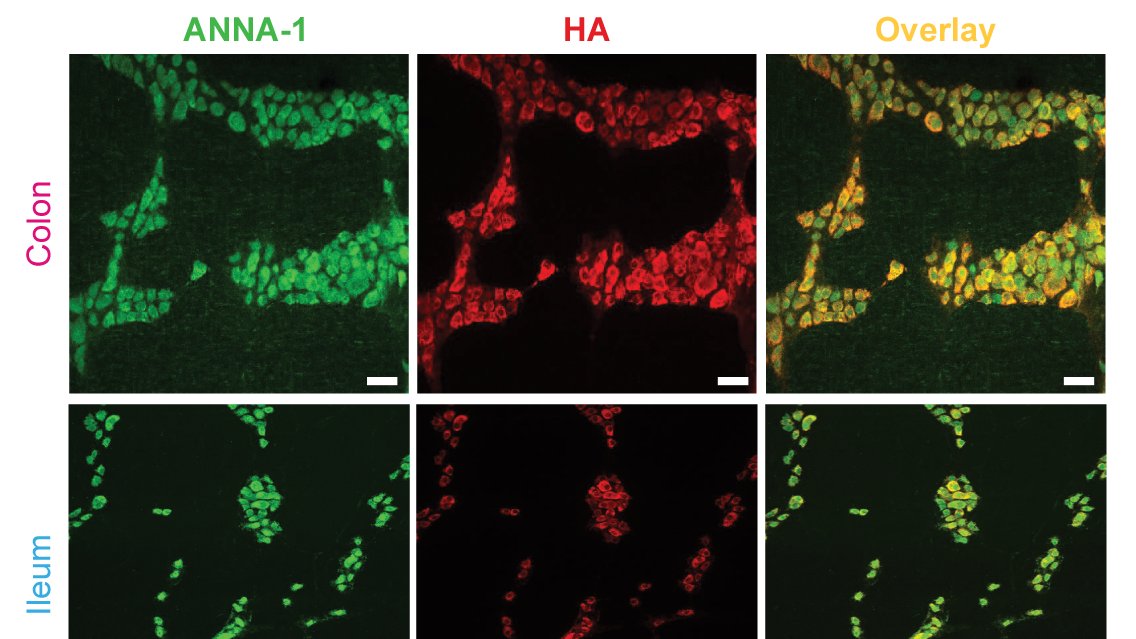
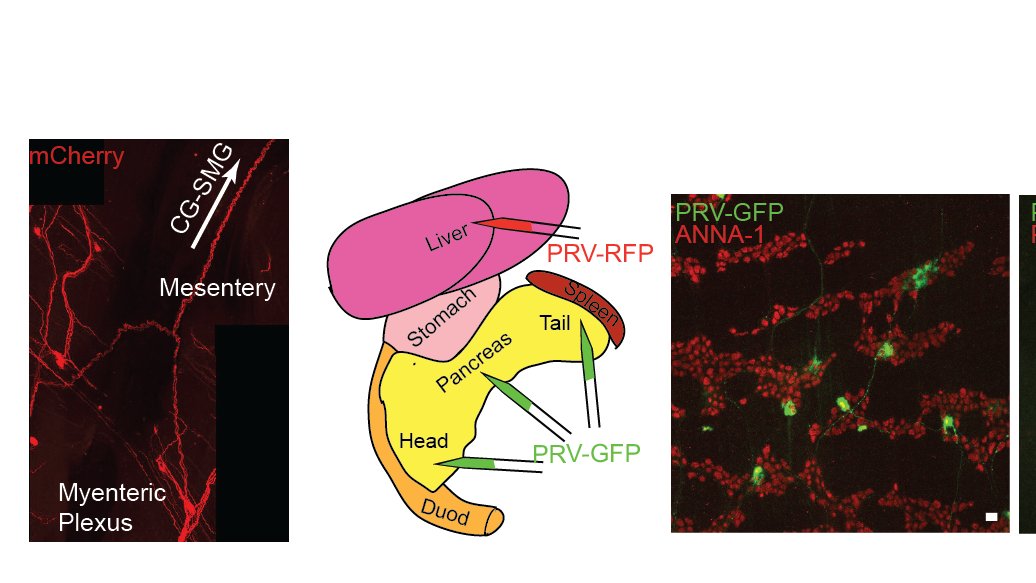
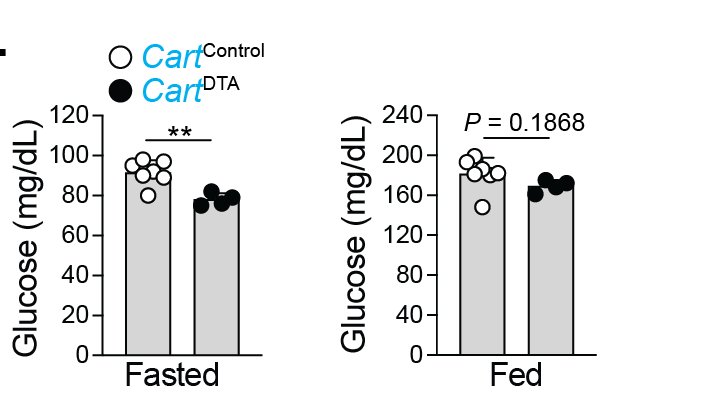 ) and blood glucose levels (https://abs.twimg.com/emoji/v2/... draggable="false" alt="👆🏿" title="Rückhand Zeigefinger nach oben (dunkler Hautton)" aria-label="Emoji: Rückhand Zeigefinger nach oben (dunkler Hautton)">). In contrast, depletion of Cart+ neurons resulted in https://abs.twimg.com/emoji/v2/... draggable="false" alt="👇🏿" title="Rückhand Zeigefinger nach unten (dunkler Hautton)" aria-label="Emoji: Rückhand Zeigefinger nach unten (dunkler Hautton)">glucose levels (as observed in antibiotic treatment) 13/n" title="Consistently, they observed that activation of Cart+ neurons resulted in changes in food consumption (https://abs.twimg.com/emoji/v2/... draggable="false" alt="👇🏿" title="Rückhand Zeigefinger nach unten (dunkler Hautton)" aria-label="Emoji: Rückhand Zeigefinger nach unten (dunkler Hautton)">) and blood glucose levels (https://abs.twimg.com/emoji/v2/... draggable="false" alt="👆🏿" title="Rückhand Zeigefinger nach oben (dunkler Hautton)" aria-label="Emoji: Rückhand Zeigefinger nach oben (dunkler Hautton)">). In contrast, depletion of Cart+ neurons resulted in https://abs.twimg.com/emoji/v2/... draggable="false" alt="👇🏿" title="Rückhand Zeigefinger nach unten (dunkler Hautton)" aria-label="Emoji: Rückhand Zeigefinger nach unten (dunkler Hautton)">glucose levels (as observed in antibiotic treatment) 13/n" class="img-responsive" style="max-width:100%;"/>
) and blood glucose levels (https://abs.twimg.com/emoji/v2/... draggable="false" alt="👆🏿" title="Rückhand Zeigefinger nach oben (dunkler Hautton)" aria-label="Emoji: Rückhand Zeigefinger nach oben (dunkler Hautton)">). In contrast, depletion of Cart+ neurons resulted in https://abs.twimg.com/emoji/v2/... draggable="false" alt="👇🏿" title="Rückhand Zeigefinger nach unten (dunkler Hautton)" aria-label="Emoji: Rückhand Zeigefinger nach unten (dunkler Hautton)">glucose levels (as observed in antibiotic treatment) 13/n" title="Consistently, they observed that activation of Cart+ neurons resulted in changes in food consumption (https://abs.twimg.com/emoji/v2/... draggable="false" alt="👇🏿" title="Rückhand Zeigefinger nach unten (dunkler Hautton)" aria-label="Emoji: Rückhand Zeigefinger nach unten (dunkler Hautton)">) and blood glucose levels (https://abs.twimg.com/emoji/v2/... draggable="false" alt="👆🏿" title="Rückhand Zeigefinger nach oben (dunkler Hautton)" aria-label="Emoji: Rückhand Zeigefinger nach oben (dunkler Hautton)">). In contrast, depletion of Cart+ neurons resulted in https://abs.twimg.com/emoji/v2/... draggable="false" alt="👇🏿" title="Rückhand Zeigefinger nach unten (dunkler Hautton)" aria-label="Emoji: Rückhand Zeigefinger nach unten (dunkler Hautton)">glucose levels (as observed in antibiotic treatment) 13/n" class="img-responsive" style="max-width:100%;"/>
